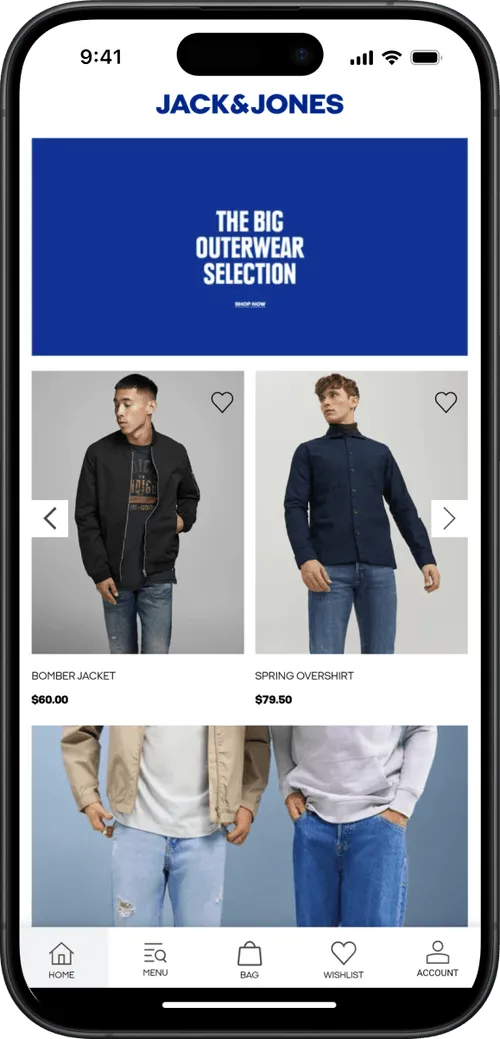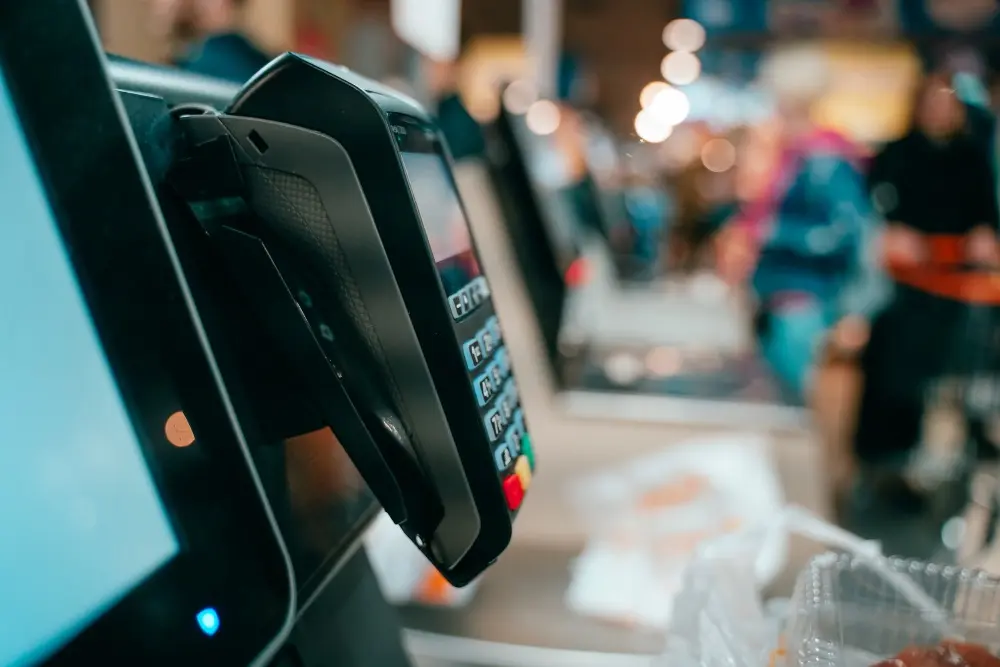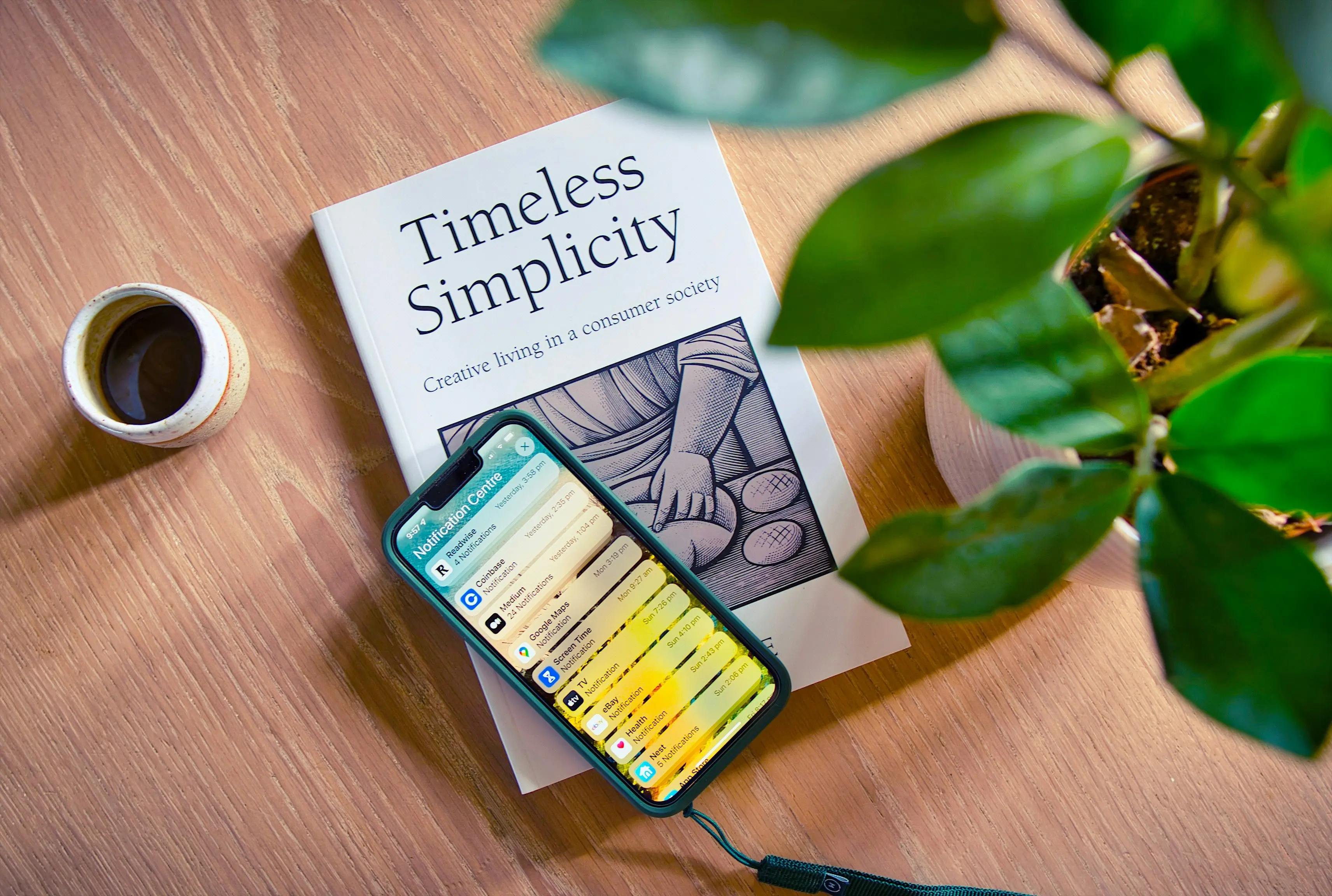The World’s Most Online Shopping-Obsessed Nations Revealed
Buying things online has become second nature for billions of people worldwide. From daily essentials to luxury goods, ecommerce is now woven into everyday life — and in some countries, it’s practically the default way to shop.
But which nations are taking this digital shift the furthest? Where are people spending the most, shopping the most often, and relying most heavily on ecommerce over traditional retail?
That question inspired our new global study, which ranks 52 countries by their Online Shopping Obsession Score — a combined measure of annual online spending per shopper, the share of consumer goods purchased online, and the percentage of people who shop online.
The results reveal fascinating regional patterns — with the United States emerging as the most online shopping-obsessed nation in the world, and the United Kingdom leading Europe.
Key Takeaways:
- The United States ranks first globally with a perfect Online Shopping Obsession Score of 100, spending an average of $3,950 per shopper annually.
- The UK ranks second worldwide and first in Europe, with a score of 71.57 and average annual spending of $2,530.
- European nations dominate the top 20, claiming 14 of the highest-ranking positions.
Across the top 10, online shopping now accounts for an average of more than 20% of all consumer purchases.
The Top 20 Most Online Shopping-Obsessed Countries
Founder’s take:
The powerful growth of ecommerce is tightly linked to the dominance of the mobile web.
Mobile accounts for 62.5% of all internet traffic worldwide, while mobile commerce drives approximately 60% of all global ecommerce traffic.
With every individual having a direct line to any brand or retailer, in their pockets and at their fingertips, ecommerce has become easily the most convenient way to make a purchase.
For retailers, understanding this shift in behavior is crucial.
“With mobile commerce now driving most online sales, retailers need to meet customers where they are: on their phones. Every ecommerce business should be thinking mobile-first, not just in website design but across the entire customer journey. The brands getting it right are those creating faster, more personal experiences that reflect how people actually shop today.”
- Pietro Saccomani, Founder & CEO, MobiLoud.
Europe’s Online Shopping Leaders
Europe is home to 14 of the world’s top 20 most online shopping-obsessed nations, highlighting the continent’s advanced ecommerce infrastructure and consumer adoption.
Top 20 Most Online Shopping-Obsessed Countries in Europe
Regional Insights
- Nordic Excellence: Norway leads Europe in online shopping penetration at 89.4%, followed by Sweden, Denmark and Finland — all in the continent’s top ten.
- Western European Dominance: The UK and Netherlands are clear leaders in both spending and digital adoption, underlining their advanced ecommerce ecosystems.
- Southern Gap: Italy and Spain remain outside the top ten, reflecting slower digital penetration despite high per-shopper spending.
- Eastern Growth: Czechia and Poland are emerging as strong performers, driven by rapid digital adoption and growing trust in online transactions.
- The Germany Paradox: Despite its economic strength, Germany ranks only seventh in Europe, with lower per-capita online spending than smaller markets such as the Netherlands and the UK.
Founder’s take:
While ecommerce is a key driver in markets like the US, UK, China and Japan, when we zoom out, we find major room for growth in emerging markets.
These are the markets where the infrastructure may not be there just yet, where shipping is not as fast and easy, where not so many major brands are readily available.
The interesting part is that emerging markets are often more mobile-centric; indicating that once the infrastructure catches up, we may see a sharp spike in ecommerce (and, in particular, mobile commerce).
“Europe’s online shopping data highlights clear divides between the continent’s digital leaders and emerging markets. While Northern and Western Europe are now fully digital-first, Southern and Eastern regions are moving quickly to close the gap, driven by improved infrastructure and growing consumer confidence in online purchasing.”
- Pietro Saccomani, Founder & CEO, MobiLoud.
Final Thoughts
The online shopping revolution isn’t coming; it’s already here.
The United States is leading the way in online shopping obsession, fast approaching the point where online may eclipse in-store as the most common way people buy things.
Even traditional in-store dominant verticals, like grocery stores, are starting to go more online, with apps like Instacart making it more convenient to order weekly staples from your phone, saving the trip down to your local store.
And yet, as our European data shows, the global market still has room to grow. Expect this trend to continue, and more consumers all over the world to become digital natives throughout the rest of the decade.
Methodology
This study identified the world's most online shopping-obsessed countries by analyzing three key ecommerce metrics.
We examined online share of consumer goods spend (labeled as "Online Spend on Consumer Goods"), average revenue per user or ARPU (labeled as "Annual Spend Per Shopper"), and user penetration rate (labeled as "Online Shopper Rate"). Data was sourced from Data Reportal's Digital 2025 Global Overview Report and Statista's eCommerce Market Insights (2025).
Online Spend on Consumer Goods measures the proportion of purchases made online versus in stores. Annual Spend Per Shopper captures individual yearly spending in USD. Online Shopper Rate shows the percentage of the population who shop online. Annual Spend Per Shopper has been converted from USD to EUR using the European Central Bank annual average exchange rate from October 30, 2024 to October 30, 2025 (1 EUR = 1.1122 USD).
Each metric was normalized to a 0-100 scale, then combined using weighted averaging: Online Spend on Consumer Goods (40%), Annual Spend Per Shopper (35%), and Online Shopper Rate (25%).
FAQs
Convert your website into a mobile app












